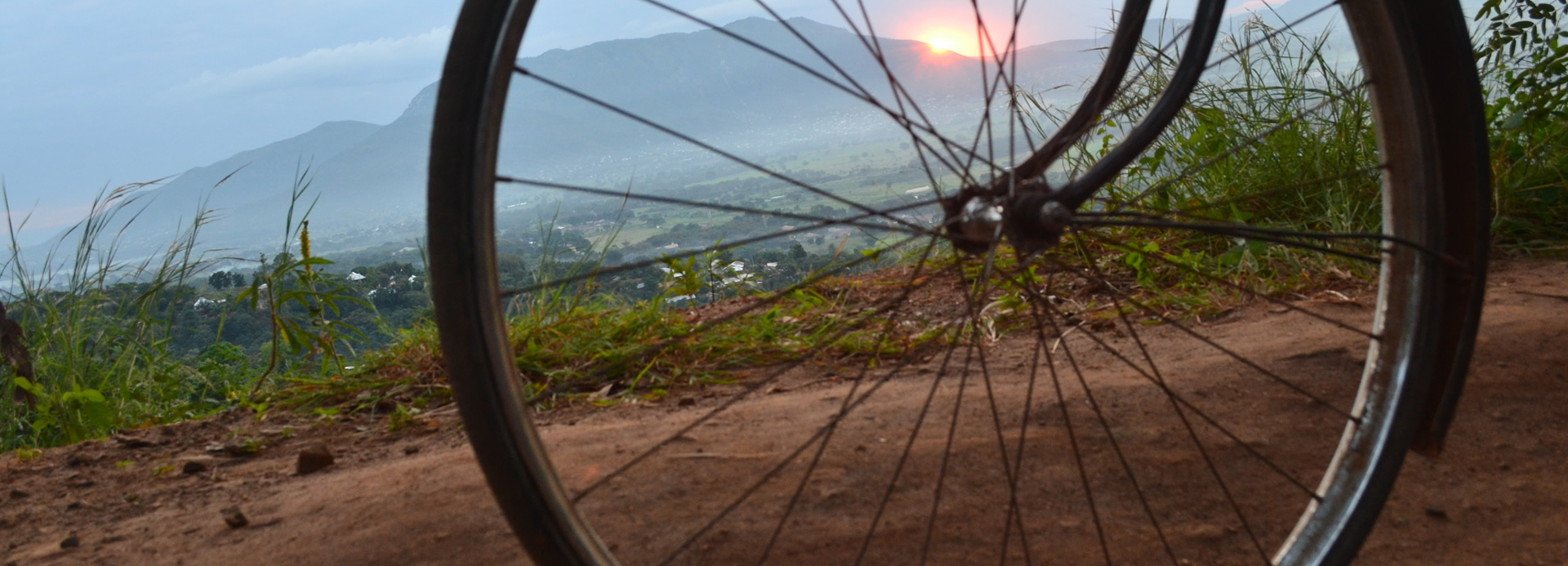Historical Site along Iringa Town our guide are informative will take you experience tribal rule, colonial times, Independence and present day. The tour is unique in Southern Tanzania.
Isimila Stone Age Site
20 km south of Iringa is the Isimila Stone Age site…..
A dry bed of a former shallow lake, where in 1951, amid a landscape of small canyons and eroded sandstone pillars, archaeologists unearthed one of the most significant Stone Age finds ever identified.
Tools found at the site are estimated to be between 60,000 and 100,000 years old along with other bone fossils including those of related to the modern giraffe but having a much shorter neck and an extinct hippopotamus with unusual periscope like projections. The museum has well-captioned displays highlighting some of the finds.
The site preserves important evidence of early hominids activities when groups of nomadic hunters and collectors used to hunt along the shores of the ancient small lake.
The Isimila central valley consists of a spectacular deep canyon caused by water erosion characterised by collection of strangely formed sandy pillars. The main pillar area is accessed via a walk down into a steep valley (about one hour round-trip), for which you’ll need a guide.
Iringa Town
‘Lilinga’ a Kihehe word for ‘fortress’ is how the local people described the impressive fort of Chief Mkwawa at Kalenga. However the Germans thought they heard “Iringa” and that is what they called their own fortress.
The rich history of Iringa Town from tribal rule to colonial times to present day.During German occupation, the German military constructed the town as fortified defense against marauding Hehe tribal warriors intent on driving them out of the region. Gangilonga rocks, site just outside of the town, is a legendary spot where the Hehe chief at that time,Chief Mkwawa, met with his people and decide how to fight the German.




